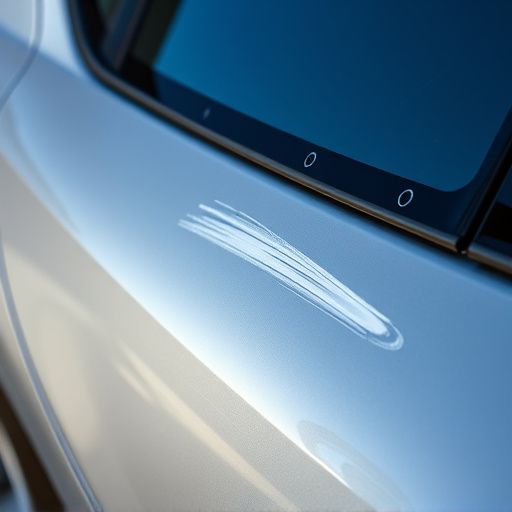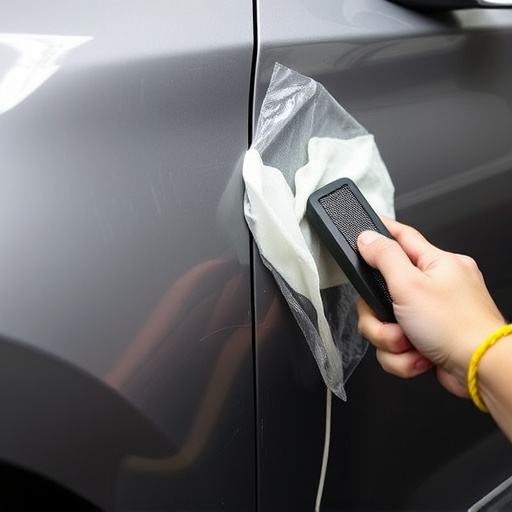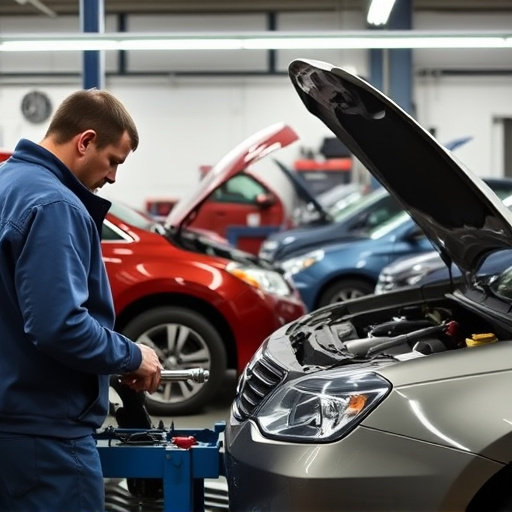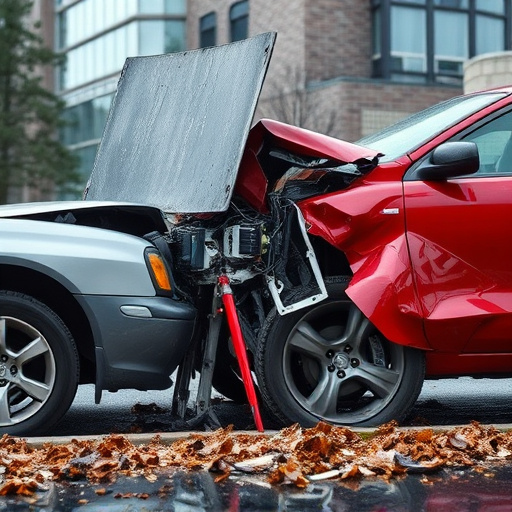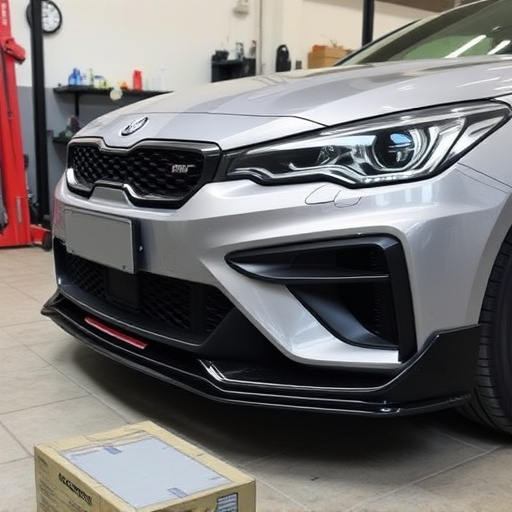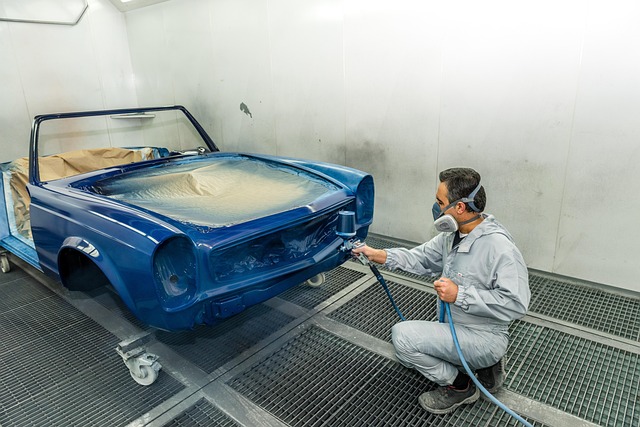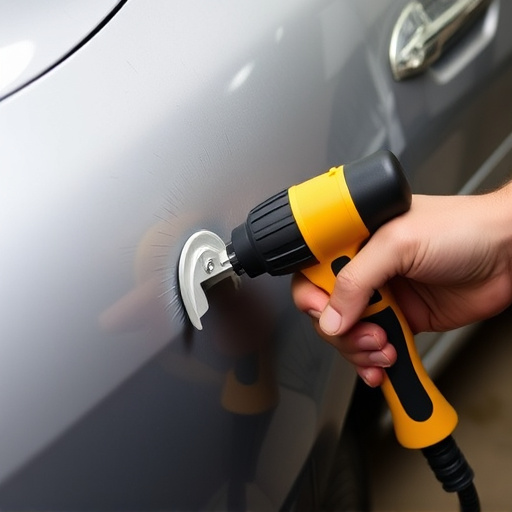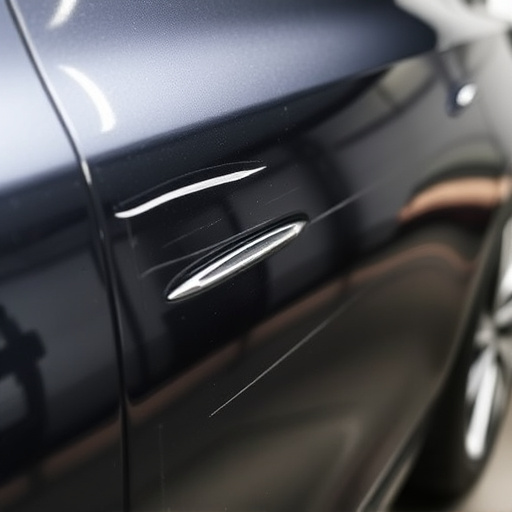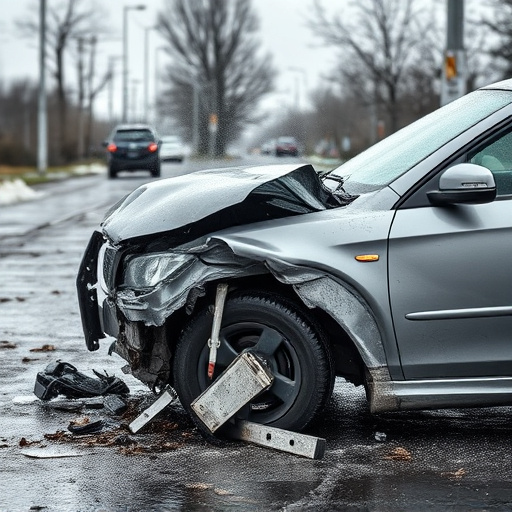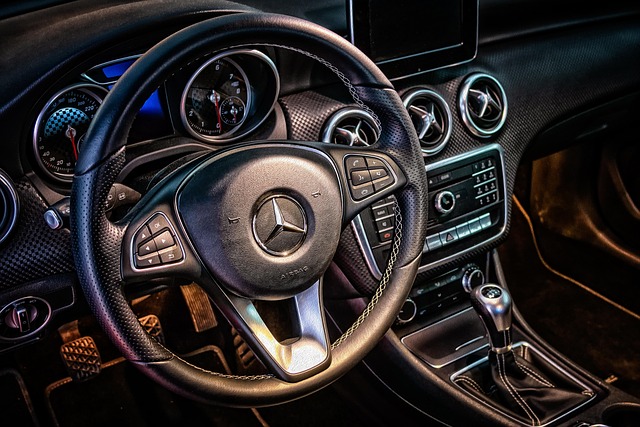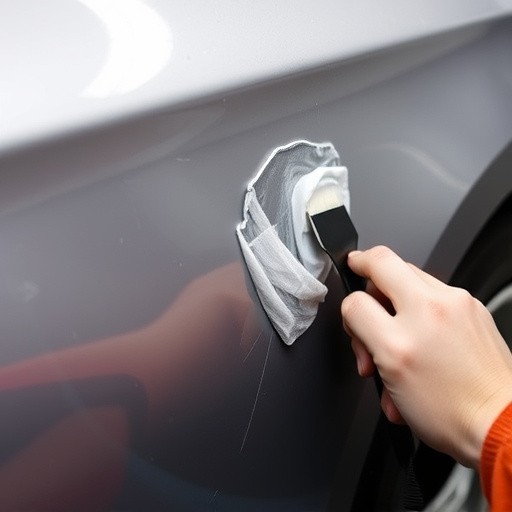Mercedes Structural Adhesive is a critical component in automotive repairs, particularly for luxury vehicles, offering enhanced structural integrity and durability through precise bonding. Its advanced formula addresses daily driving stresses, preventing future issues like misalignment or vibration. Application requires a meticulous process starting with surface preparation, followed by adhesive distribution, and careful curing to match original manufacturing quality, ensuring longer-lasting, safer vehicle repairs.
Mercedes structural adhesives are indispensable for maintaining structural integrity after panel sectioning procedures. This article delves into the critical role these adhesives play in ensuring robust connections between separated panels, addressing a crucial aspect of automotive repair and manufacturing. Understanding the unique properties of Mercedes structural adhesive and best practices for application and curing is essential to achieve optimal results, enhancing vehicle safety and performance.
- Understanding Mercedes Structural Adhesive: A Vital Component in Panel Sectioning
- The Role of Adhesive in Ensuring Structural Integrity After Panel Separation
- Applying and Curing Mercedes Structural Adhesive: Best Practices for Optimal Results
Understanding Mercedes Structural Adhesive: A Vital Component in Panel Sectioning
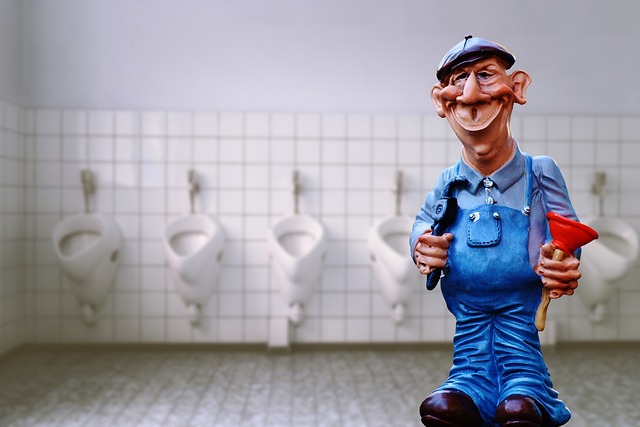
Mercedes Structural Adhesive plays a pivotal role in the precision and durability of panel sectioning procedures, which are often required for various automotive repairs such as frame straightening and tire services. This specialized adhesive is not just a bonding agent; it’s a crucial structural component that ensures the integrity and safety of vehicle repair. When a car panel is separated from its original structure through sectioning or other repair processes, Mercedes Structural Adhesive fills the gap, providing both strength and flexibility to match the original factory specifications.
Understanding the unique properties of this adhesive is essential for automotive technicians. Its advanced formula is designed to withstand the rigors of daily driving, ensuring that the repaired panel moves harmoniously with the rest of the vehicle’s structure. This harmonious union prevents future issues like creaking, vibration, or misalignment, enhancing both the safety and resale value of the vehicle. By utilizing Mercedes Structural Adhesive correctly, technicians can achieve outcomes comparable to the original manufacturing quality, contributing to a longer-lasting, more reliable vehicle repair.
The Role of Adhesive in Ensuring Structural Integrity After Panel Separation

After panel sectioning procedures, especially in meticulous processes like those involved in Mercedes vehicle repair and collision repair services, the role of a high-quality Mercedes structural adhesive cannot be overstated. It serves as the critical bond that maintains the structural integrity of the vehicle, ensuring components align perfectly and withstand the rigors of daily use. This is particularly important given the precision required to accurately replace or repair sections without compromising overall vehicle stability.
A reliable Mercedes structural adhesive enhances the strength and durability of bonds between separated panels. It fosters a seamless transition, allowing for a smooth finish that mirrors the original vehicle design. Moreover, in collision repair scenarios, where vehicles often sustain significant damage, using the appropriate structural adhesive is vital to restore the safety and performance of the automobile. This not only guarantees the effectiveness of the repair but also reinforces the overall quality of collision repair services provided.
Applying and Curing Mercedes Structural Adhesive: Best Practices for Optimal Results
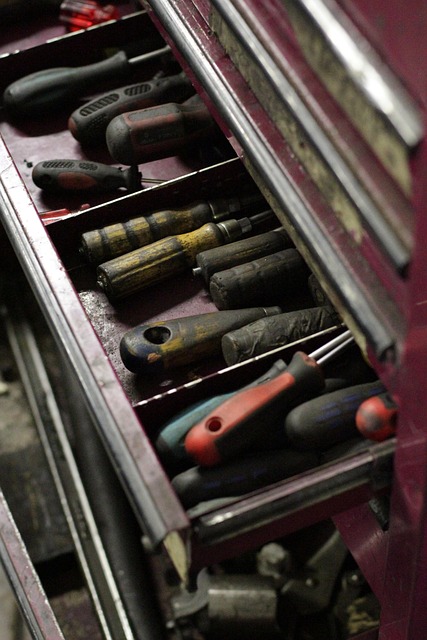
Applying Mercedes structural adhesive requires a meticulous approach to ensure optimal bonding strength and durability. The first step involves preparing the surfaces thoroughly by cleaning them with appropriate solvents or degreasers, removing any grease, dirt, or loose debris. This ensures a clean canvas for the adhesive to bond securely. Once the surfaces are ready, apply the adhesive using a precision tool or brush, ensuring even distribution along the joint lines or areas requiring repair.
Curing is a critical step in the process. Different adhesives have specific curing time requirements, so adhering to the manufacturer’s guidelines is essential. This may involve allowing the adhesive to set for a prescribed duration or using heat or light activation, depending on the product. During this phase, maintaining a controlled environment, free from contaminants and excessive moisture, will ensure the best results. Proper curing strengthens the bond between the components, making them as strong as new, ready for subsequent auto body repair or collision center procedures.
In conclusion, the use of a high-quality Mercedes structural adhesive is indispensable after panel sectioning procedures. By understanding its crucial role in maintaining structural integrity and following best practices for application and curing, auto body repair professionals can ensure superior results. Investing in the right Mercedes structural adhesive not only guarantees long-lasting bonds but also contributes to the overall quality and safety of vehicle repairs.
